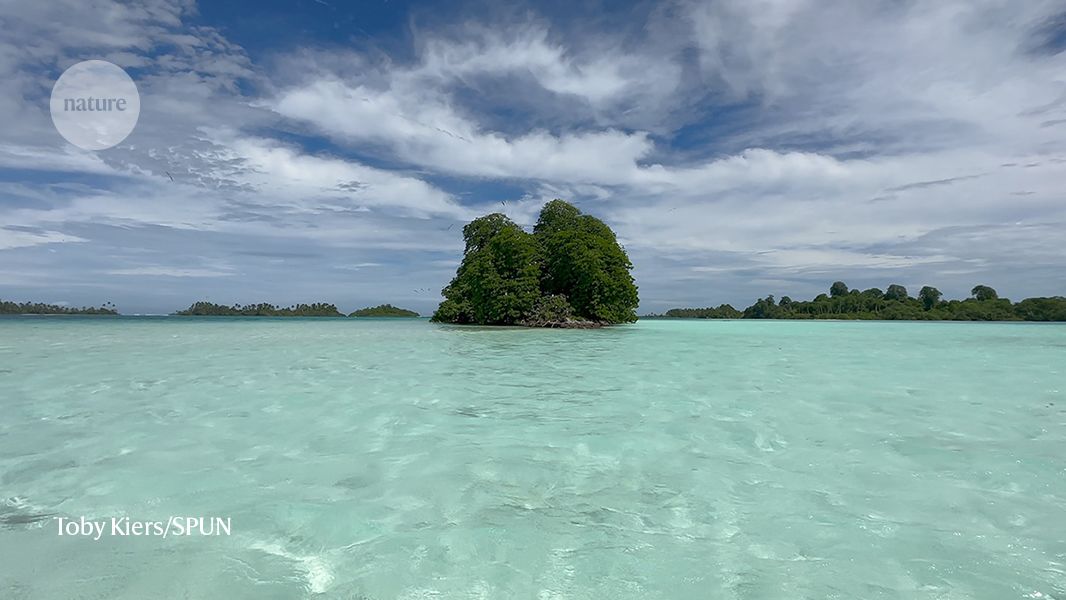There are hints that boosting mycorrhizae can backfire. This can be seen in initial work in the Galapagos Islands, conducted by Bever’s former graduate student, Jessica Duchicela, a restoration ecologist at the University of the Armed Forces in Sangolquí, Ecuador. Duchicela found that the non-native plant species benefited more from soil containing mycorrhizae than did native Galapagos plants13.
“We want to restore the Galapagos to increase the density of natives, not the exotics,” she says. Researchers need more information about what is in the soil and how the plants are responding before any attempts to alter the soil microbiota to restore endemic plants, she cautions.
“We have to ask these questions if we want to get it right,” says Kiers.
But it’s difficult to conduct some of these studies, especially in areas such as the Galapagos and Hawaii, which have strict protocols to protect native flora. Duchicela has spent the past few years trying to get permits to take soils from the Galapagos Islands to her laboratory to continue her mycorrhizae research.
Crab transport
While studying the Pisonia forests on Palmyra, Kiers and her colleagues marvelled at the clusters of crabs churning the soil by digging holes in and among the roots of trees — potentially spreading the mycorrhizal spores. She eagerly awaits the results of DNA sequencing on soil from crab holes to see whether there is evidence of the crustaceans moving fungi.
In her expedition last year, Kiers explored life both above and below the waves. As she was wading through shallow water one day, she shrieked after a curious reef shark bumped into her. The prowling sharks, captured in a video taken during the trip, are a sign of vibrant reefs, nourished in part by the one million birds that call Palmyra home — including massive colonies of sooty terns (Onychoprion fuscatus) and red-footed boobies (Sula sula). “We could hardly hear ourselves talk because the birds were so loud,” she says of the islets dominated by P. grandis. It was a sharp contrast to the relative quiet of the islets covered by coconut palms. Of Palmyra’s 12 breeding seabird species, only 2 will regularly nest in coconut palms, says Wegmann.







More News
Author Correction: Stepwise activation of a metabotropic glutamate receptor – Nature
Changing rainforest to plantations shifts tropical food webs
Streamlined skull helps foxes take a nosedive